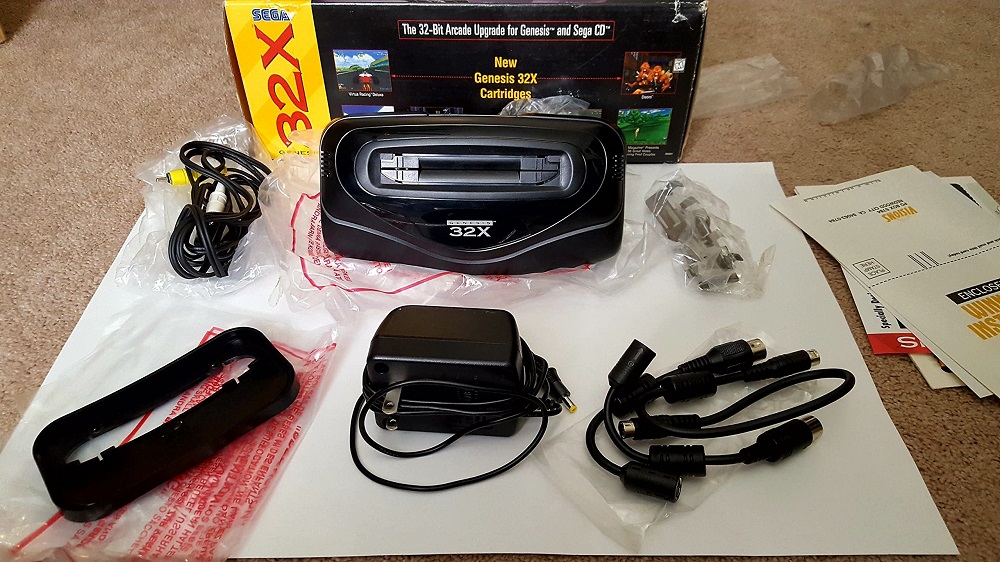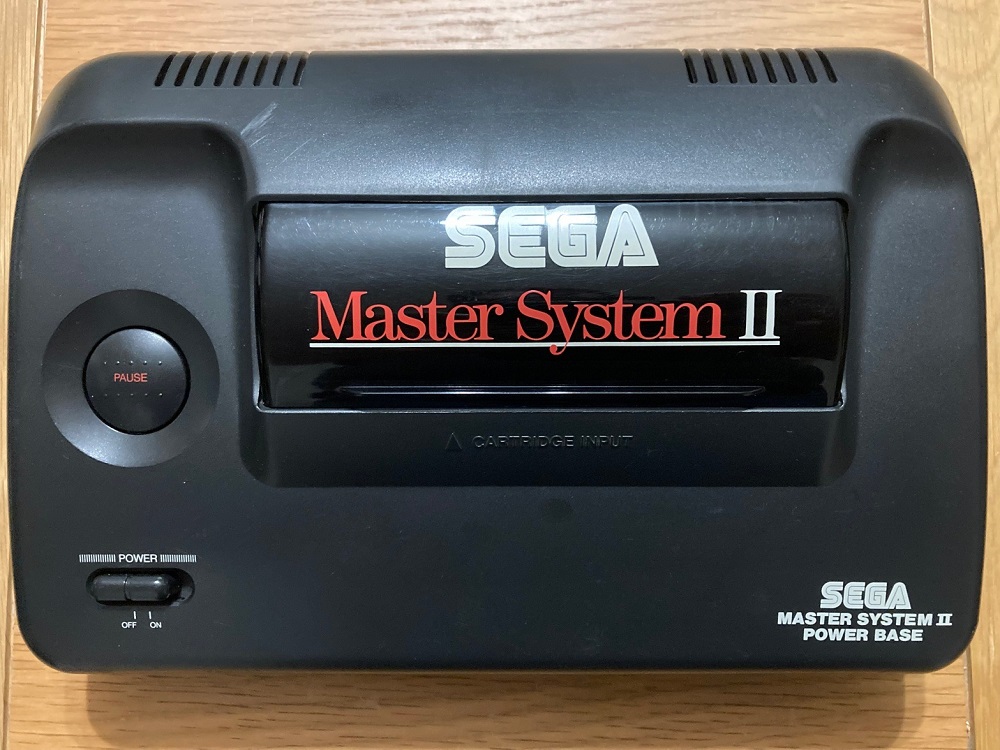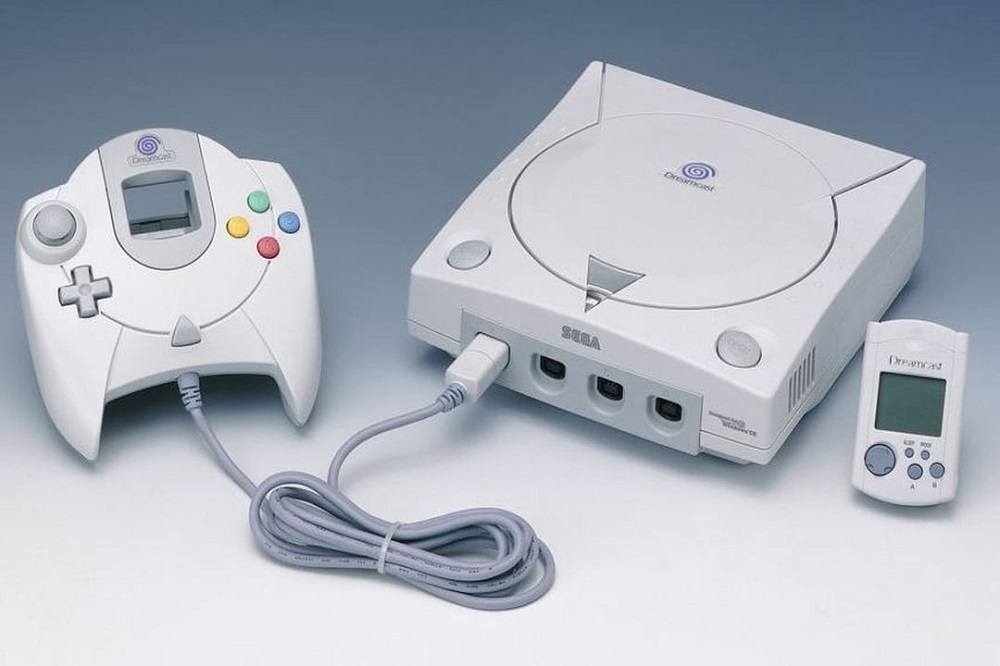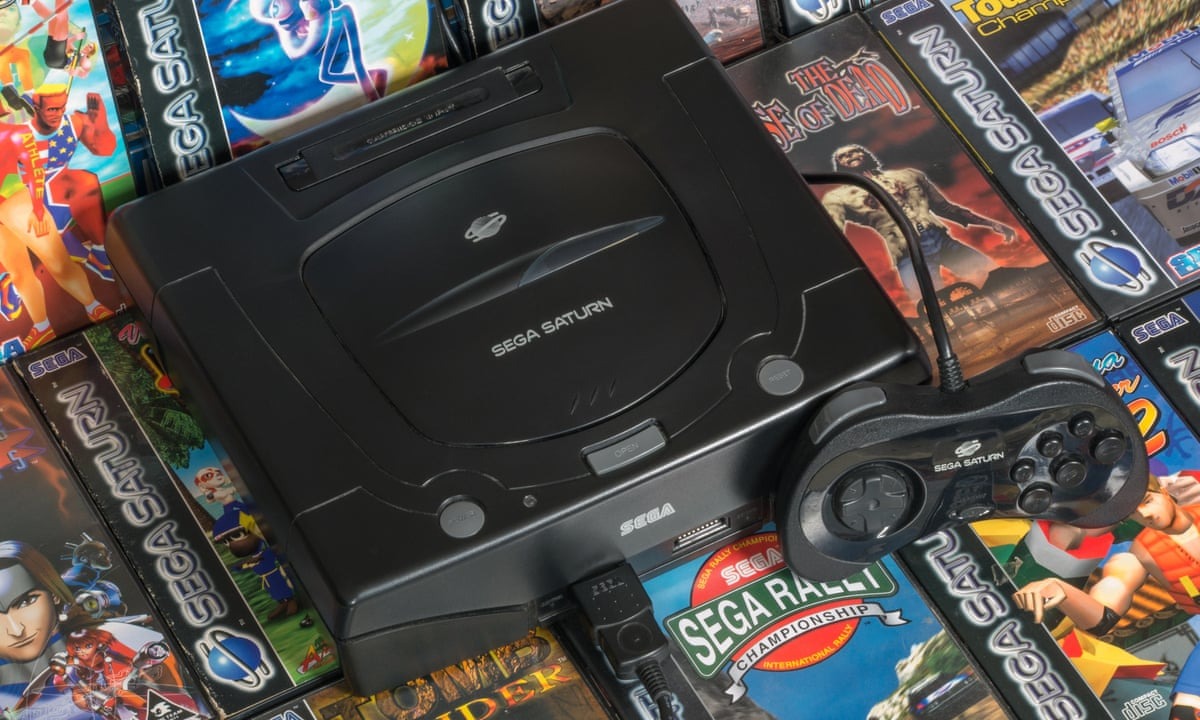In the early 1990s, Sega was unstoppable. The Genesis (or Mega Drive) was thriving, its mascot Sonic the Hedgehog rivaled Mario, and the company had cultivated a rebellious, edgy identity that resonated with gamers.
But then, ambition turned into overextension.
Between 1992 and 1995, Sega launched two major add-ons for the Genesis: the Sega CD and the 32X. Both promised next-gen experiences without buying a new console — and both became cautionary tales of innovation gone too far.
At Oldies Nest, we’re revisiting Sega’s double gamble — exploring how bold engineering, poor timing, and internal confusion transformed two groundbreaking peripherals into icons of excess.
A Company at Its Peak
To understand why Sega risked everything, you have to remember where they were.
The Genesis had outsold the Super Nintendo in North America by 1992, fueled by blast processing, Sonic 2, and a brash marketing campaign that painted Nintendo as “for kids.”
But technology was moving fast. Compact discs (CDs) were replacing cartridges, and gamers wanted multimedia — voice acting, real video, cinematic storytelling. Sega saw an opportunity to lead again.
So, they introduced the Sega CD.
The Sega CD: Ambition on a Disc
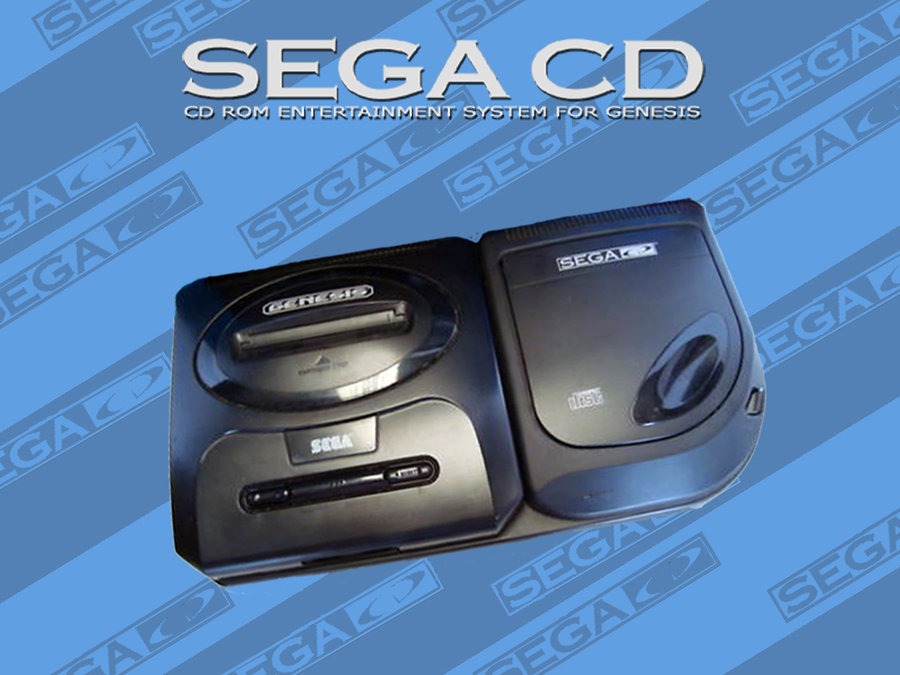
Released in 1992 (Japan) and 1993 (North America), the Sega CD — known as the Mega-CD overseas — was meant to bring the Genesis into the 32-bit era.
Technical Leap
- Storage: From 4 MB Genesis cartridges to 700 MB CDs.
- Sound: CD-quality audio and voice acting.
- Visuals: Pseudo-3D scaling and rotation effects via the ASIC chip.
This was revolutionary at the time. Sega promised “movie-like experiences,” and the press took notice.
The Problem: Style Over Substance
While the hardware impressed, the games didn’t.
Titles like Night Trap and Sewer Shark leaned heavily on full-motion video (FMV) — grainy live-action clips stored on the disc. They looked futuristic, but gameplay was shallow.
Even classics like Sonic CD couldn’t save the system from its perception as a gimmick.
Still, Sonic CD remains a gem today — a visual and musical masterpiece that demonstrates what the add-on could have been.
As explored in The Rise of Sega: From Arcades to Consoles, Sega’s greatest successes often came from daring risks. The Sega CD was one such risk — but this time, timing wasn’t on their side.
The 32X: A Bridge Too Far
By 1994, Sega faced a dilemma.
The upcoming Sega Saturn was delayed, and the Genesis was aging. To fill the gap, Sega of America proposed the 32X — a cartridge-based upgrade that would boost the Genesis to 32-bit performance.
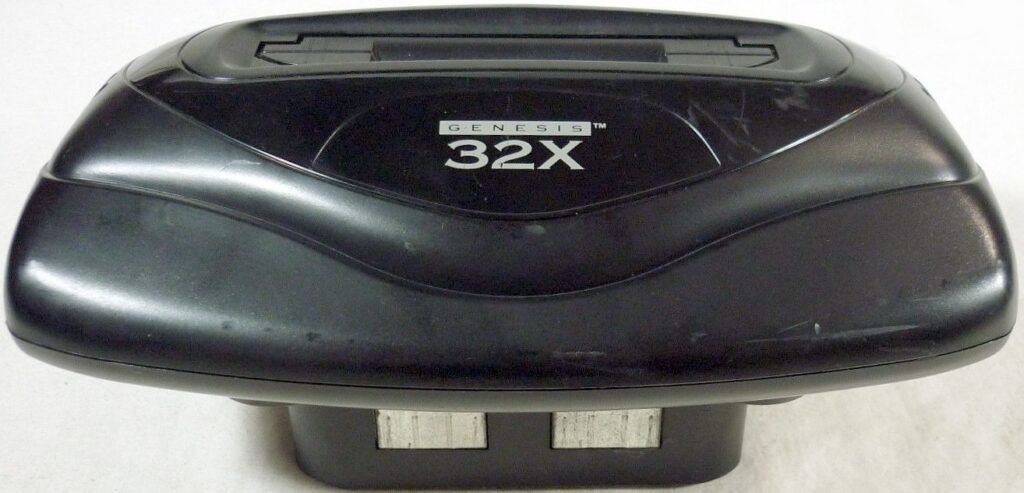
The pitch was simple:
“Upgrade your Genesis instead of buying a new console.”
But the execution? Anything but simple.
Technical Overview
- Dual Hitachi 32-bit CPUs (same architecture as the Saturn, but weaker).
- 32,768 colors on screen — a massive leap from Genesis limitations.
- Stereo sound and 3D polygon support.
It was ambitious, modular, and — in theory — genius. Unfortunately, the Sega Saturn was about to make it obsolete.
The Marketing Nightmare
In 1994, Sega was selling three overlapping products:
- Genesis
- Sega CD
- 32X
- (and soon after) Sega Saturn
Even diehard fans didn’t know which to buy. Retailers were confused, and parents were furious — the total cost of owning a “complete” Genesis setup could exceed $500 (about $1,000 today).
Worse, Sega’s internal divisions in Japan and America were feuding. Sega of Japan wanted to prioritize the Saturn, while Sega of America was pushing the 32X.
The result? Mixed messaging, rushed development, and an angry consumer base.
The Games That Defined the Add-ons
Sega CD Highlights
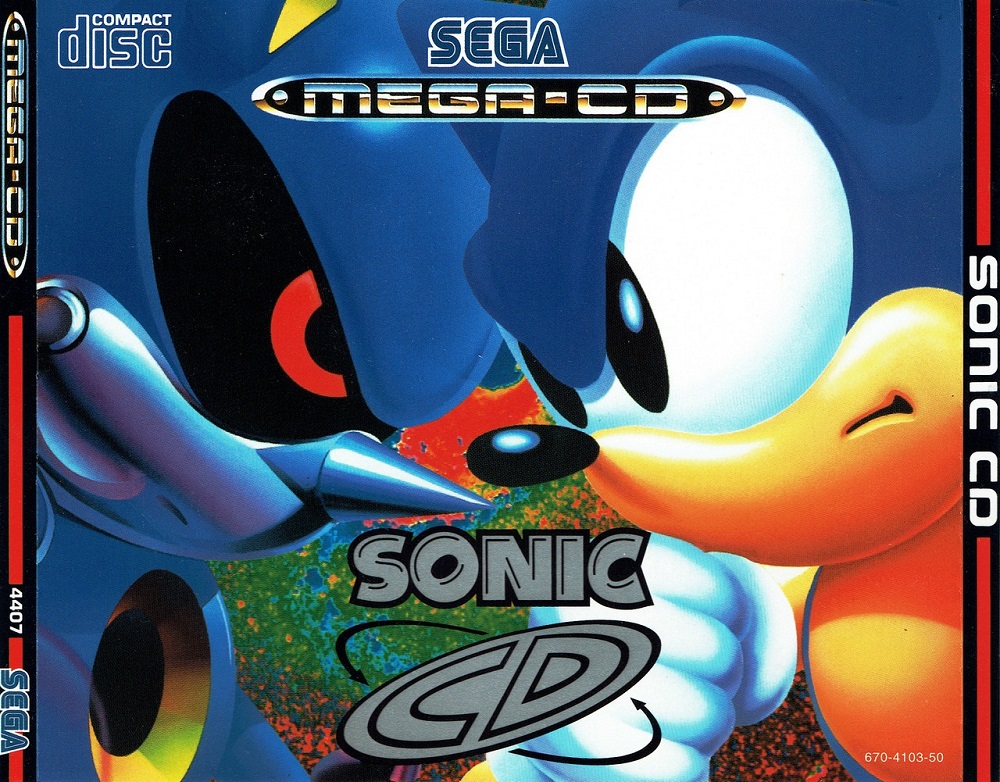
- Sonic CD – A masterpiece of music and level design; one of Sonic’s finest adventures.
- Lunar: The Silver Star – A heartfelt RPG that showed the storytelling potential of CDs.
- Snatcher – Hideo Kojima’s cyberpunk noir, blending anime-style storytelling with detective gameplay.
32X Highlights
- Virtua Racing Deluxe – Smooth 3D polygons on a cartridge; a glimpse of Sega’s future.
- Doom 32X – A valiant but incomplete port that demonstrated the limits of the add-on.
- Knuckles’ Chaotix – Unique co-op physics and art direction that deserved a better platform.
Many of these titles are beloved today, preserved by collectors and emulators. As discussed in Retro Game Preservation: Why It Matters, systems like the Sega CD and 32X remind us how fragile gaming innovation can be.
Why It Failed
1. Timing
By the time the Sega CD matured, CD-ROM drives were standard in upcoming consoles like the PlayStation and Saturn.
By the time the 32X launched, the Saturn was already out in Japan.
Consumers saw the 32X as a dead-end.
2. Cost and Complexity
Owning a full Genesis setup required:
- The Genesis console
- The Sega CD
- The 32X
- A spaghetti tangle of cables and separate power supplies
The hardware stack looked impressive but was impractical.
3. Lack of Developer Support
Developers didn’t want to invest in short-lived peripherals. The 32X had fewer than 40 games; the Sega CD, around 150.
Without compelling exclusives, both add-ons faded quickly from shelves — replaced by the promise of true 32-bit consoles.
Legacy: Failure or Foundation?
At first glance, both devices seem like disasters.
But dig deeper, and you’ll find that the Sega CD and 32X planted seeds for gaming’s evolution.
- The Sega CD’s FMV experiments paved the way for cinematic storytelling.
- Its CD-quality soundtracks influenced how developers composed music — rich, layered, and emotional.
- The 32X proved Sega could push 3D polygons onto home systems, setting the stage for the Saturn and Dreamcast.
These add-ons weren’t mistakes — they were missteps on the road to innovation.
Sega often built the future before the world was ready.
Collector Culture and the Modern Revival
Today, the Sega CD and 32X have gained cult status among collectors.
The physical designs — clunky, metallic, industrial — embody a period when Sega believed anything was possible.
Collectors pay hundreds for working models, and fan engineers have even created Frankenstein-like hybrid setups that showcase both add-ons at once.
Modern emulators like Kega Fusion and RetroArch have also made these systems accessible again — preserving their quirks and charm for new audiences.
The Lessons Sega Taught the Industry
The story of the Sega CD and 32X isn’t just about failure — it’s about how ambition without clarity can undo even the most creative company.
Lesson 1: Innovation must align with market timing.
Lesson 2: Hardware add-ons rarely work — they fragment the audience.
Lesson 3: Even failed ideas can inspire future breakthroughs.
Sony, Microsoft, and even Nintendo learned from Sega’s experiments. Features like multimedia storytelling, modular accessories, and cross-generational compatibility trace back to Sega’s early risks.
Conclusion: A Legacy of Daring
In hindsight, the Sega CD and 32X weren’t overreach — they were too much innovation, too soon.
They represent an era when Sega refused to play it safe — when experimentation mattered more than quarterly profit.
While they fractured the market and drained Sega’s resources, they also pushed the boundaries of what gaming could be.
If the Genesis was Sega’s victory lap, then the Sega CD and 32X were its fever dreams of the future — chaotic, brilliant, and unforgettable.
So the next time you see that towering Genesis setup, with its tangle of power cords and CD trays, remember: this was the moment gaming dared to dream bigger than it could handle.
And that’s a legacy worth preserving.
